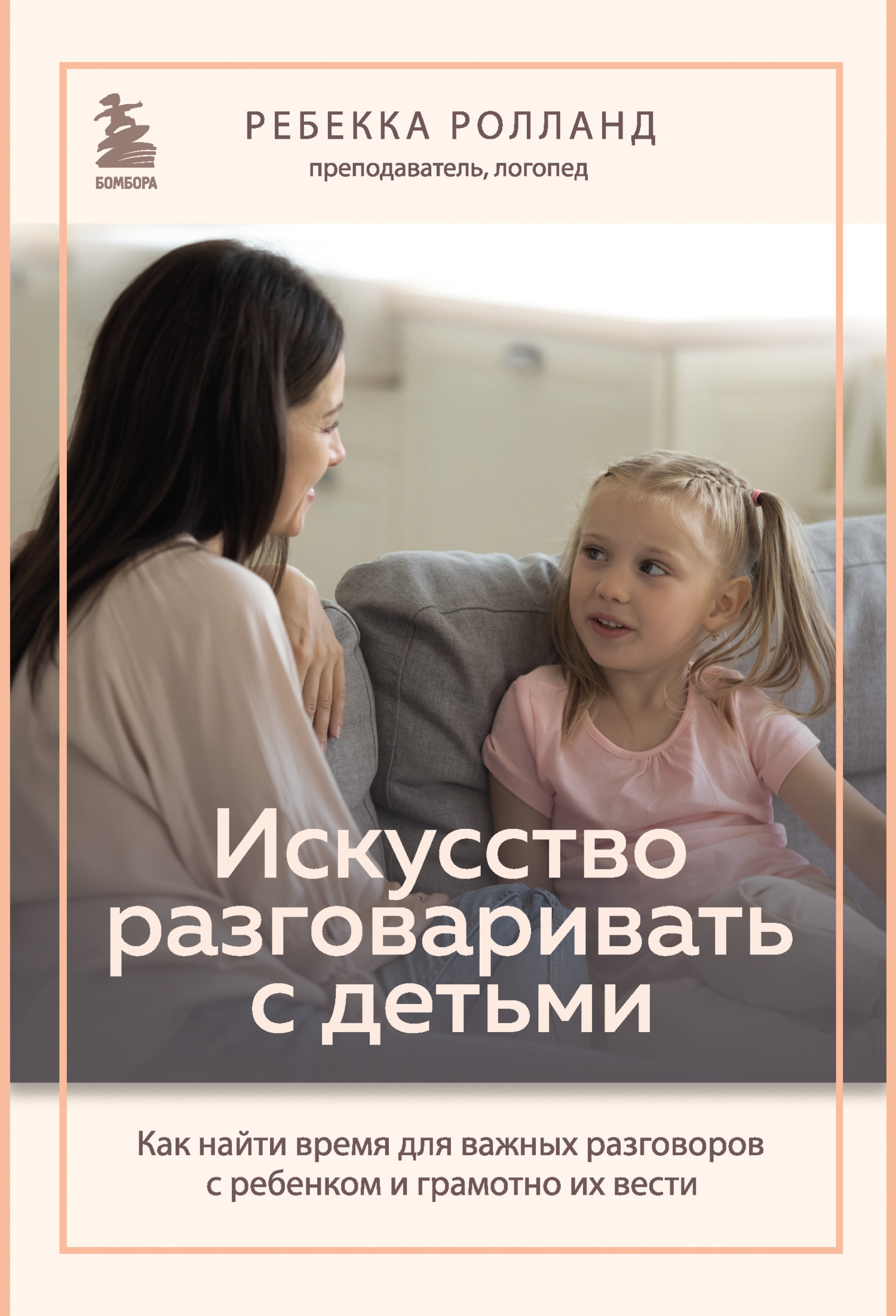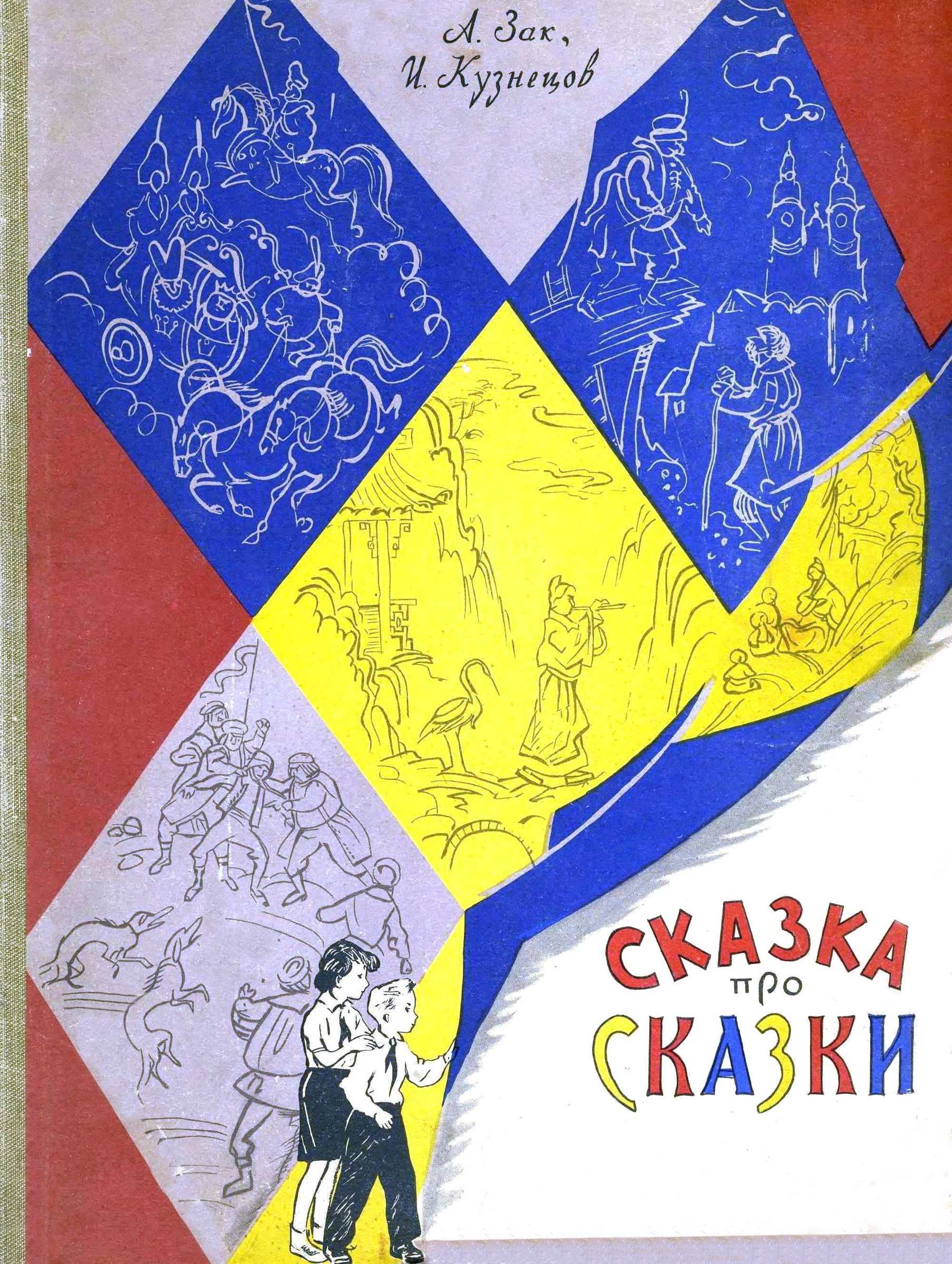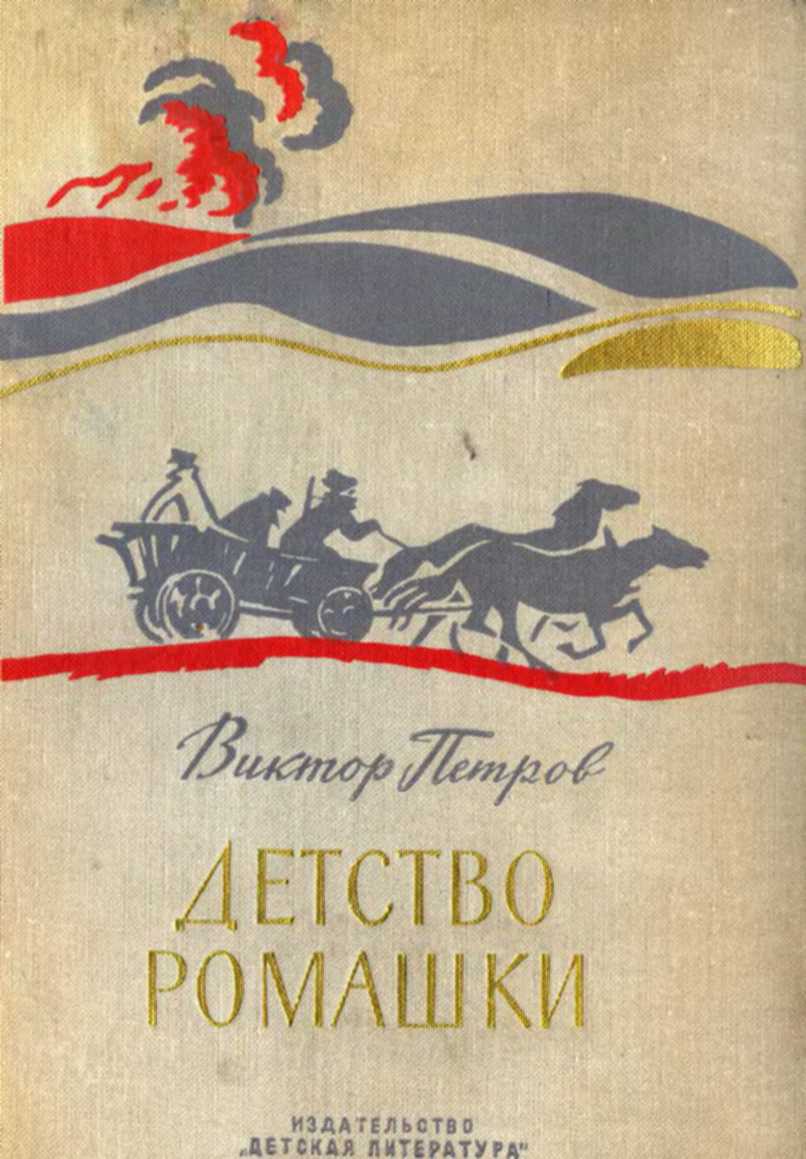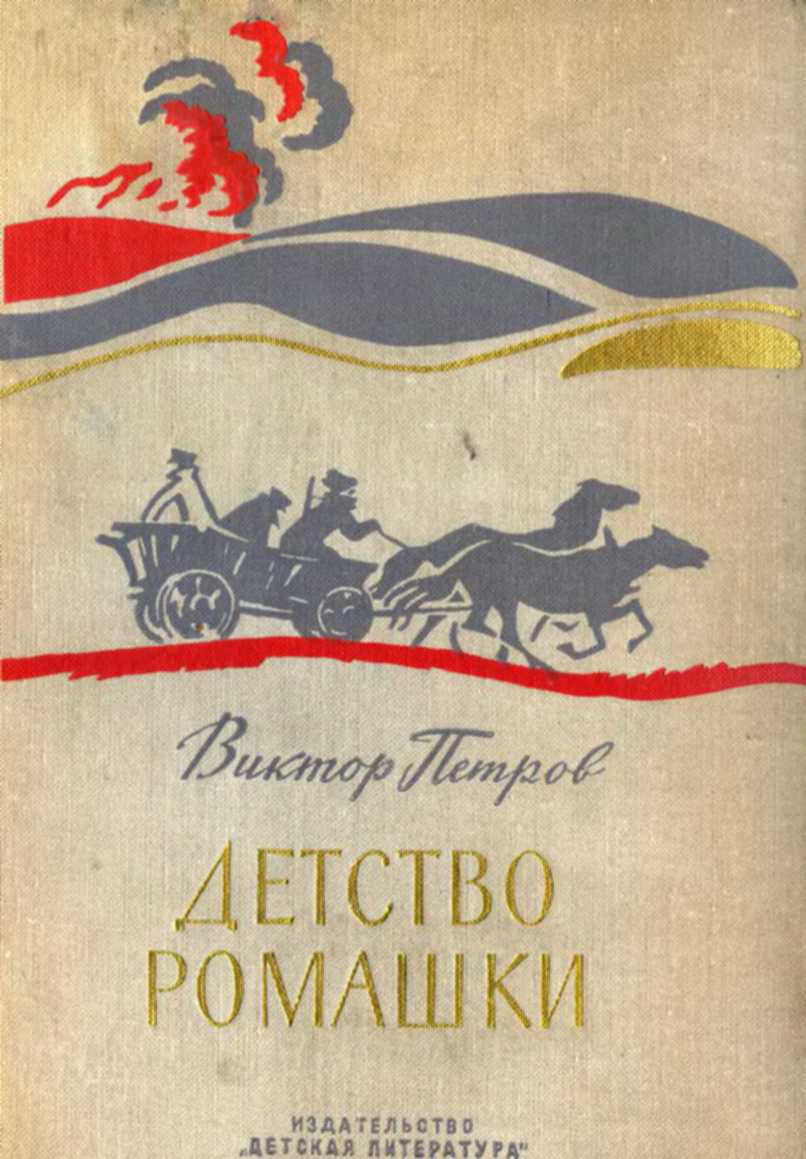and Assessment in Serious Games. Edited by Thomas M. Connolly, Elizabeth Boyle, Gavin Baxter, and Pablo Moreno-Ger. Hershey, PA: IGI Global, 2014. https://doi.org/10.4018/978-1-4666-4773-2.ch006.
“Resilience.” Center on the Developing Child at Harvard University. AccessedAugust 17, 2020. https://developingchild.harvard.edu/science/key-concepts/resilience/.
Rettew, David. Child Temperament: New Thinking about the Boundary between Traits and Illness. New York: W.W. Norton, 2013.
Rettner, Rachael. “Are Today’s Youth Less Creative & Imaginative?” LiveScience. August 12, 2011. https://www.livescience.com/15535-children-creative.html.
“The Rigorous and Regulated Learning Environment.” RWJF, March 19, 2014. https://www.rwjf.org/en/library/research/2014/03/the-rigorous-and-regulated-learning-environment.html.
Rijsewijk, Loes G., Tom A.B. Snijders, Jan Kornelis Dijkstra, Christian Steglich, and René Veenstra. “The Interplay Between Adolescents’ Friendships and the Exchange of Help: A Longitudinal Multiplex Social Network Study.” Journal of Research on Adolescence 30, no. 1 (October 2019): 63–77. https://doi.org/10.1111/jora.12501.
Rittle-Johnson, Bethany, Erica L. Zippert, and Katherine L. Boice. “The Roles of Patterning and Spatial Skills in Early Mathematics Development.” Early Childhood Research Quarterly 46 (2019): 166—78. https://doi.org/10.1016/j.ecresq.2018.03.006.
Rnic, Katerina, David J. Dozois, and Rod A. Martin. “Cognitive Distortions, Humor Styles, and Depression.” Europe’s Journal of Psychology 12, no. 3 (2016): 348—62. https://doi.org/10.5964/ejop.v12i3.1118.
Robinson, J. “Empathy and Prosocial Behavior.” In Encyclopedia of Infant and Early Childhood Development. Edited by Marshall M. Haith and Janette B. Benson, 441—50. Cambridge: Academic Press, 2008. https://doi.org/10.1016/b978-012370877-9.00056-6.
Robinson, Ken, and Lou Aronica. The Element: How Finding Your Passion Changes Everything. New York: Random House, 2009.
Rogin, Madeleine. “Seeing, Noticing, and Talking About Differences with Young Children.” EmbraceRace. Accessed June 10, 2021. https://www.embracerace.org/resources/seeing-noticing-talking-about-difference-with-young-children.
Romeo, Rachel R., Joshua Segaran, Julia A. Leonard, Sydney T. Robinson, Martin R. West, Allyson P. Mackey, Anastasia Yendiki, Meredith L. Rowe, and John D.E. Gabrieli. “Language Exposure Relates to Structural Neural Connectivity in Childhood.” Journal of Neuroscience 38, no. 36 (2018): 7870—77. https://doi.org/10.1523/jneurosci.0484-18.2018.
Romeo, Rachel R., Julia A. Leonard, Sydney T. Robinson, Martin R. West, Allyson P. Mackey, Meredith L. Rowe, and John D. E. Gabrieli. “Beyond the 30-Million-Word Gap: Children’s Conversational Exposure Is Associated with Language-Related Brain Function.” Psychological Science 29, no. 5 (2018): 700—10. https://doi.org/10.1177/0956797617742725.
Root-Bernstein, Michele M. “The Creation of Imaginary Worlds.” In The Oxford Handbook of the Development of Imagination. Edited by Marjorie Taylor, 417—37. New York: Oxford Univ. Press, 2013. https://doi.org/10.1093/oxfordhb/9780195395761.013.0027.
Root-Bernstein, Michele. Inventing Imaginary Worlds: From Childhood Play to Adult Creativity across the Arts and Sciences. Lanham, MD: Rowman & Littlefield Education, 2014.
Rose, Todd. The End of Average: How We Succeed in a World That Values Sameness. New York: HarperOne, 2016.
Rosenblum, Katherine L., Susan C. McDonough, Arnold J. Sameroff, and Maria Muzik. “Reflection in Thought and Action: Maternal Parenting Reflectivity Predicts Mind-Minded Comments and Interactive Behavior.” Infant Mental Health Journal 29, no. 4 (2008): 362—76. https://doi.org/10.1002/imhj.20184.
Roser, Max, and Esteban Ortiz-Ospina. “Literacy.” Our World in Data, September 20, 2018. https://ourworldindata.org/literacy.
Roth-Hanania, Ronit, Maayan Davidov, and Carolyn Zahn-Waxler. “Empathy Development from 8 to 16 Months: Early Signs of Concern for Others.” Infant Behavior and Development 34, no. 3 (2011): 447—58. https://doi.org/10.1016/j.infbeh.2011.04.007.
Rothbart, Mary K., and John E. Bates. “Temperament.” In Handbook of Child Psychology. Edited by Nancy Eisenberg. New York: John Wiley & Sons, 2007. https://doi.org/10.1002/9780470147658.chpsy0303.
Rothbart, Mary K., Lesa K. Ellis, M. Rosario Rueda, and Michael I. Posner. “Developing Mechanisms of Temperamental Effortful Control.” Journal of Personality 71, no. 6 (2003): 1113—44. https://doi.org/10.1111/1467-6494.7106009.
Rothbart, Mary Klevjord. “Measurement of Temperament in Infancy.” Child Development 52, no. 2 (1981): 569—78. https://doi.org/10.2307/1129176.
Rowe, Meredith L. “A Longitudinal Investigation of the Role of Quantity and Quality of Child-Directed Speech in Vocabulary Development.” Child Development 83, no. 5 (2012): 1762—74. https://doi.org/10.1111/j.1467–8624.2012.01805.x.
Rowe, Meredith L., and Kathryn A. Leech. “A Parent Intervention with a Growth Mindset Approach Improves Children’s Early Gesture and Vocabulary Development.” Developmental Science 22, no. 4 (2018). https://doi.org/10.1111/desc.12792.
Roxburgh, Susan. “Parental Time Pressures and Depression among Married Dual-Earner Parents.” Journal of Family Issues 33, no. 8 (September 2011): 1027—53. https://doi.org/10.1177/0192513x11425324.
Ruble, Diane N., Lisa J. Taylor, Lisa Cyphers, Faith K. Greulich, Leah E. Lurye, and Patrick E. Shrout. “The Role of Gender Constancy in Early Gender Development.” Child Development 78, no. 4 (2007): 1121—36. https://doi.org/10.1111/j.1467–8624.2007.01056.x.
Russ, Sandra W. Pretend Play in Childhood: Foundation of Adult Creativity. Washington, DC: American Psychological Association, 2014. https://doi.org/10.1037/14282-003.
Russ, Sandra W. “Pretend Play, Affect, and Creativity.” In New Directions in Aesthetics, Creativity, and the Arts. Edited by Paul Locher, Colin Martindale, and Leonid Dorfman, 239—50. New York: Routledge, 2020. https://doi.org/10.4324/9781315224084-19.
Russ, Sandra, and Larissa Niec. Play in Clinical Practice Evidence-Based Approaches. New York: Guilford Press, 2011.
Ryan, Richard M., and Edward L. Deci. Self-Determination Theory: Basic Psychological Needs in Motivation, Development, and Wellness. New York: Guilford Press, 2018.
Sajaniemi, N., J. Mäkelä, T. Salokorpi, L. von Wendt, T. Hämäläinen, and L. Hakamies-Blomqvist. “Cognitive Performance and Attachment Patterns at Four Years of Age in Extremely Low Birth Weight Infants after Early Intervention.” European Child & Adolescent Psychiatry 10, no. 2 (2001): 122—29. https://doi.org/10.1007/s007870170035.
Sajaniemi, Nina, Liisa Hakamies-Blomqvist, Jukka Mäkelä, Anne Avellan, Hannu Rita, and Lennart von Wendt. “Cognitive Development, Temperament and Behavior at 2 Years as Indicative of Language Development at 4 Years in Pre-Term Infants.” Child Psychiatry and Human Development 31, no. 4 (2001): 329—46. https://doi.org/10.1023/a:1010238523628.
Salley, Brenda, Nancy C. Brady, Lesa Hoffman, and Kandace Fleming. “Preverbal Communication Complexity in Infants.” Infancy 25, no. 1 (2019): 4—21. https://doi.org/10.1111/infa.12318.
Salmivalli, Christina, Antti Kärnä, and Elisa Poskiparta. “Counteracting Bullying in Finland: The KiVa Program and Its Effects on Different Forms of Being Bullied.” International Journal of Behavioral Development 35, no. 5 (2011): 405—11. https://doi.org/10.1177/0165025411407457.
Salo, Virginia, Meredith Rowe, Natasha Cabrera, and Kathryn Leech. “Father Input and Child Vocabulary Development: The Importance of Wh Questions and Clarification Requests.” Seminars in Speech and Language 34, no. 04 (February 2013): 249—59. https://doi.org/10.1055/s-0033-1353445.
Sanders, Sam, and Kenya Young. “A Black Mother Reflects on Giving Her 3 Sons ‘The Talk’. Again and Again.” NPR, June 28, 2020. https://www.npr.org/2020/06/28/882383372/a-black-mother-reflects-on-giving-her-3-sons-the-talk-again-and-again.
Sandstrom, Gillian M., and Elizabeth W. Dunn. “Social Interactions and Well-Being.” Personality and Social Psychology Bulletin 40, no. 7 (2014): 910—22. https://doi.org/10.1177/0146167214529799.
Sansavini, Alessandra, Annalisa Guarini, and Maria Cristina Caselli. “Preterm Birth: Neuropsychological Profiles and Atypical Developmental Pathways.” Developmental Disabilities Research Reviews 17, no. 2 (2011): 102—13. https://doi.org/10.1002/ddrr.1105.
Sansavini, Alessandra, Annalisa Guarini, Silvia Savini, Serena Broccoli, Laura Justice, Rosina Alessandroni, and Giacomo Faldella. “Longitudinal Trajectories of Gestural and Linguistic Abilities in Very Preterm Infants in the Second Year of Life.” Neuropsychologia 49, no. 13 (2011): 3677—88. https://doi.org/10.1016/j.neuropsychologia.2011.09.023.
Sanson, Ann,





